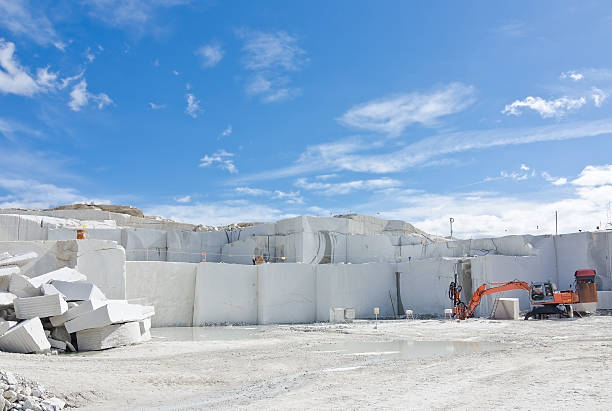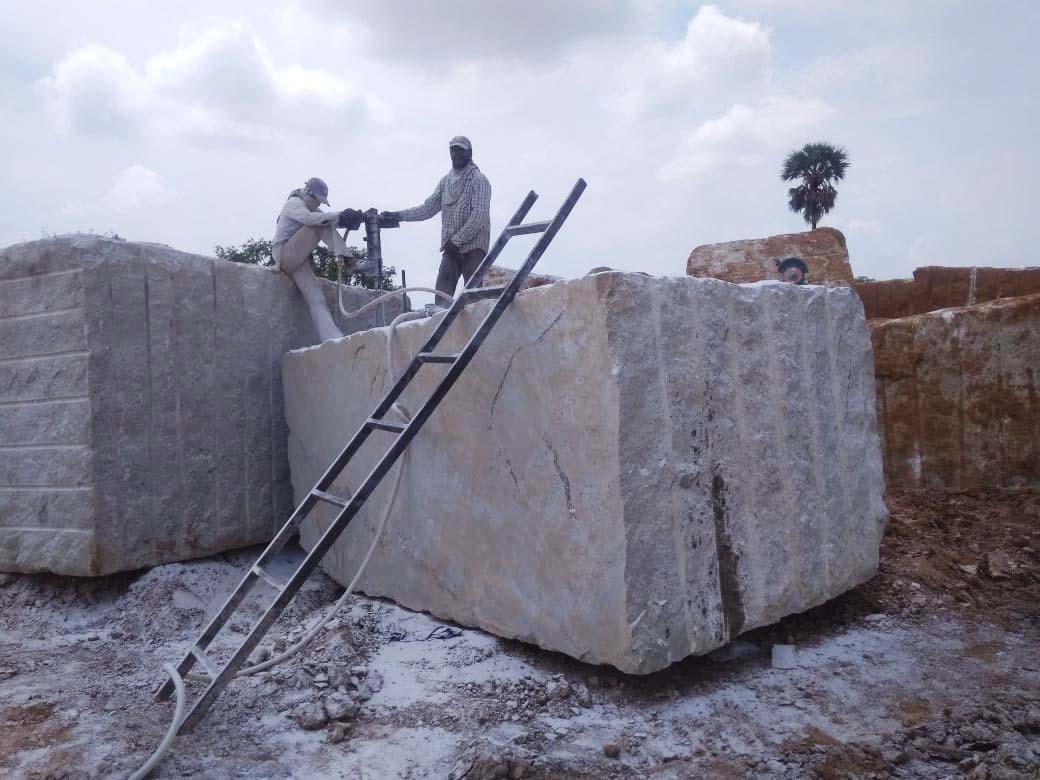A Trip With Granite Quarries in South Africa: Unveiling Nature's Artistry
A Trip With Granite Quarries in South Africa: Unveiling Nature's Artistry
Blog Article
Uncovering the Rich Background and Sustainable Practices of Granite Quarrying
As we stand on the precipice of discovering the complex tapestry of granite quarrying, a journey with time discloses not just the physical act of removing stone however also the cultural and historic significance woven into the really fabric of this technique. From the ancient origins that laid the structure for modern quarrying methods to the sustainable practices that are shaping the future of this sector, each carve mark on granite surfaces tells a story waiting to be discovered (granite quarries in south africa). The heritage of granite quarrying extends much past simple extraction; it is a testimony to human ingenuity, strength, and the long-lasting allure of this majestic rock
Ancient Origins of Granite Quarrying
Dating back to old human beings, the practice of quarrying granite has been an important component of human background and building development. The earliest evidence of granite quarrying go back to ancient Egypt, where large pyramids and complex sculptures were crafted from this long lasting rock. The Egyptians used primitive devices to remove granite blocks from quarries, showcasing the importance of this material in their monumental constructions.
Moving on in history, the Greeks also made significant contributions to the quarrying of granite. The Greeks used granite in various architectural marvels, such as holy places and statuaries, showing their ability in shaping and sculpting this hardy rock. The Romans better improved the methods of quarrying granite, utilizing sophisticated tools like chisels and hammers to extract and form granite for their legendary frameworks.
With the centuries, the method of quarrying granite has evolved, with modern technologies boosting performance while preserving the ageless appeal of this all-natural rock - granite quarries in south africa. From ancient civilizations to modern building contractors, the heritage of granite quarrying remains to shape our globe
Development of Quarrying Techniques
The evolution of quarrying methods has actually been marked by a continual progression in the direction of better effectiveness and accuracy in extracting granite. Early quarrying methods entailed manual labor with fundamental devices such as chisels, hammers, and wedges to remove granite blocks from the planet.
In more current times, the advent of machinery changed the quarrying industry, allowing much faster removal rates and increased productivity. Technologies such as diamond cord saws, high-pressure water jets, and pneumatically-driven drills have ended up being typical in modern quarries, permitting precise cutting and decreased waste. Moreover, innovations in computer-controlled equipment and 3D modeling have enhanced quarrying procedures, bring about minimal environmental impact and enhanced sustainability methods. As the need for granite remains to increase, the development of quarrying methods stays essential to meeting sector needs successfully and sustainably.
Cultural Importance of Granite
Granite holds an extensive cultural relevance across numerous worlds due to its long-lasting existence in building masterpieces and revered monoliths. The social relevance of granite extends past its physical attributes; it personifies resilience, security, and eternity, making it a sign of sustaining traditions and practices.

Sustainable Practices in Quarrying
Amidst the abundant background of granite quarrying and its cultural importance lies a growing focus on lasting practices within the sector. As ecological recognition and worries regarding source exhaustion have enhanced internationally, the quarrying industry has significantly accepted sustainable methods to lessen its impact on the environment and bordering communities.

Additionally, reclamation and rehab of quarry sites post-extraction are essential to sustainable practices. By bring back quarried locations to a natural or helpful state, such as developing wild animals habitats or leisure spaces, quarriers can offset visit homepage the ecological impact of their procedures and add favorably to the regional community.
Tradition of Granite Quarrying
With a historical background soaked in craftsmanship and industrial progress, what sustaining effect has granite quarrying left on the landscape of contemporary society? The heritage of granite quarrying transcends mere removal techniques; it has shaped building marvels, urban landscapes, and social heritage worldwide. The long lasting nature of granite has made it a preferred selection for monuments, structures, and framework, standing as a testament to the ability and creativity of quarry workers throughout generations.
Furthermore, the economic impact of granite quarrying can not be neglected. The industry proceeds to provide job opportunity and drive neighborhood economic climates in regions where granite removal prevails. It has actually also stimulated technological advancements in quarrying methods and equipment, causing much more reliable and sustainable techniques.
In regards to sustainability, the legacy of granite quarrying includes initiatives to mitigate environmental effects via reclamation jobs and accountable source management. By balancing financial interests with environmental stewardship, the market makes every effort to ensure that future generations can remain to gain from this long-lasting natural deposit.
Final Thought

Report this page